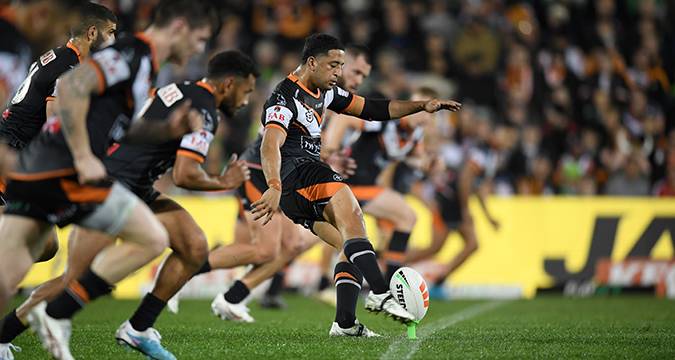 IN RUGBY LEAGUE we always seem to be searching for the holy grail - a set of rules that will make the game perfect.
Every year, whether in Super League on the NRL, we tinker with the existing rules, usually in the hope of making the game more entertaining.
More recently we have started to focus on safety as well as entertainment value, partic
IN RUGBY LEAGUE we always seem to be searching for the holy grail - a set of rules that will make the game perfect.
Every year, whether in Super League on the NRL, we tinker with the existing rules, usually in the hope of making the game more entertaining.
More recently we have started to focus on safety as well as entertainment value, partic Final Whistle: Is the NRL’s latest rule change for the better?
 IN RUGBY LEAGUE we always seem to be searching for the holy grail - a set of rules that will make the game perfect.
Every year, whether in Super League on the NRL, we tinker with the existing rules, usually in the hope of making the game more entertaining.
More recently we have started to focus on safety as well as entertainment value, partic
IN RUGBY LEAGUE we always seem to be searching for the holy grail - a set of rules that will make the game perfect.
Every year, whether in Super League on the NRL, we tinker with the existing rules, usually in the hope of making the game more entertaining.
More recently we have started to focus on safety as well as entertainment value, partic 